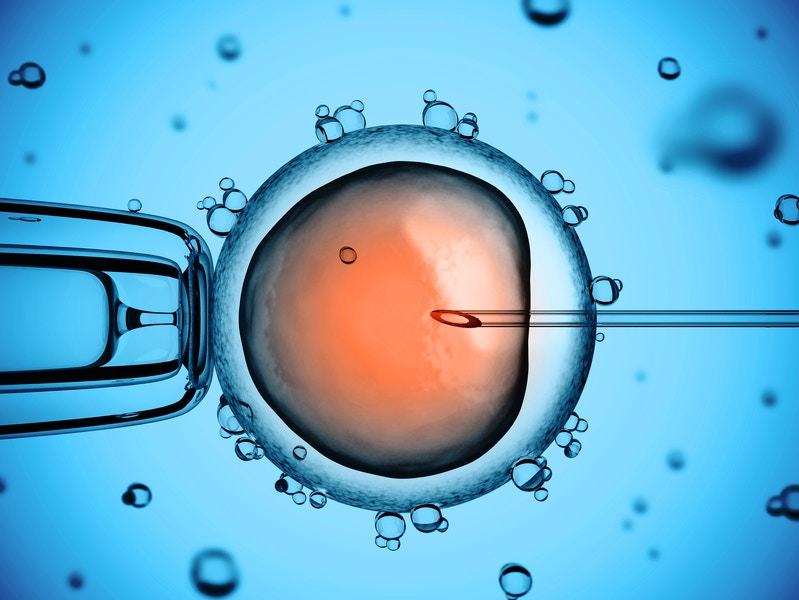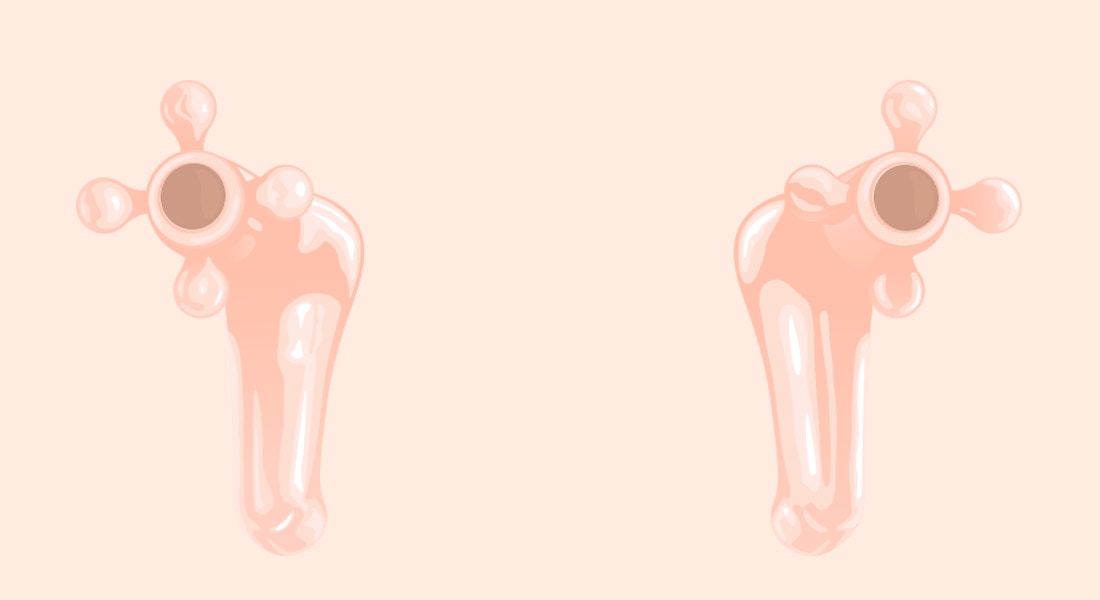Many women struggle to conceive a healthy baby and science is constantly evolving to offer new possibilities to address infertility challenges. But where do we draw the line?
It was recently reported that a baby boy born in April was the first person developed from the DNA of three parents – a mother, a father, and an egg donor. This human life was created using one sperm and different parts from two eggs. This technological accomplishment is fascinating, but doesn’t come without some serious considerations to ponder.
Why was this new technique needed?
The mother of this baby boy carries a genetic mutation for Leigh syndrome, a typically fatal rare neurological disorder. Symptoms generally develop during the first year of life. This woman had four miscarriages and then gave birth to two children who died from the condition. It was devastating for this family, and they desperately sought a way to have a healthy baby.
While the mother does not have Leigh syndrome herself, a gene for the disease resides in her DNA, specifically in the mitochondria. An innovative technology, called mitochondrial replacement therapy (MRT), was used to ensure that the disease mutation would not be passed down to the baby.
The couple was treated by U.S. fertility specialists in Mexico, where there are no laws prohibiting such controversial methods. The United Kingdom, as well as a U.S. National Academy of Sciences panel, have approved MRT to prevent disease; however, Congress has blocked the Food and Drug Administration (FDA) from allowing these experimental treatments.
How mitochondrial replacement therapy works
MRT takes in vitro fertilization (IVF) to a whole new level. In order to understand how this baby was created, we first need to understand a bit about mitochondria.
Mitochondria are organelles in our body that supply cells with energy. DNA in the mitochondria carry only 37 genes that are passed down to us from our mothers. This is separate from the majority of our DNA, which are located in each cell’s nucleus. However, these organelles are still critical since mutations in mitochondria can result in fatal diseases.
With the new technology, scientists can transfer the genetic material from an egg with defective mitochondria into a healthy egg, either before or just after fertilization. There are two types of methods that can be used.
In spindle nuclear transfer, scientists take DNA from the nucleus of the mother's egg cell by removing the cellular part called the spindle, which carries the mother’s chromosomes. That genetic material is then inserted into an egg cell from the donor which contains healthy mitochondria. The nucleus of the donor egg is removed, but the egg still contains some DNA from the donor’s mitochondria. The egg is then fertilized with sperm from the father during in-vitro fertilization.
Another method, which is approved in the United Kingdom, is called pronuclear transfer and involves fertilizing both the mother’s egg and a donor egg with the father’s sperm. Before the fertilized eggs start dividing into embryos, each nucleus is removed. The nucleus from the donor’s fertilized egg is replaced with the nucleus from the mother’s fertilized egg.
In both cases, the embryo resulting from MRT carries DNA from three people: nuclear DNA from the couple undergoing treatment and mitochondrial DNA from the egg donor.
Support for this procedure
Those in support of this cutting edge treatment are excited because it demonstrates science at its best. It provides the chance for women who are carriers of mitochondrial disease to have genetically-related children. Currently, their only options are to use an egg donor or to adopt – neither offer a way for a mother to pass on her genes.
MRT also has the potential to cure life-threatening conditions. There are thousands of children born every year with mitochondrial defects. This is a way to prevent such diseases from continuing to be passed on.
Scientists hope that the baby boy born in April will be viewed as a major success that will change attitudes toward MRT. They warn that part of the problem has been the use of the negative term “three-parent baby” to essentially garner attention and spark concern.
Additionally, many of the pushback is based on an unfounded fear that this technology opens the door for designer babies. One doctor explained that this is an overreaction because mitochondria do not define who we are. The genes for traits that make up a person’s appearance and other characteristics are carried in the nuclear DNA. So, if a woman of one race received mitochondria from a donor of another race, the children would still look like the mother. Basically, transferring the mitochondria from the donor is being used solely to prevent a disease from being passed down from mother to child.
Concerns about this procedure
On the other hand, those against MRT have raised several safety and ethical concerns.
Some experts have questioned the safety of the children involved in such procedures. Much of this is based on the lack of successful births to date. A similar attempt was made in the 1990s to create a baby using DNA from three people. Mitochondrial DNA was injected from a donor into another woman’s egg, along with sperm from her partner. Two of the fetuses developed genetic disorders, so the technique was stopped by the FDA. Scientists are not sure, but think the issue may have resulted because the fetuses contained mitochondria from two sources.
Critics are also concerned that the technique will create hybrid embryos that alter the human genetic lineage. Additionally, they fear that messing with mitochondrial DNA could end up causing new genetic diseases.
Many questions about the ethics of this procedure have been presented. Primarily, there's a major concern that MRT is a slippery slope that will lead to “designer babies” and humans “playing God” by altering the genetic code in this manner. Will the technology only be used to rid disease? What if someone wants to use it to treat age-related infertility? Or what if people want to control specific characteristics of their children beyond disease, such as physical features or intelligence? How would this procedure be effectively monitored?
To avoid the possibility that babies born via MRT pass unforeseen problems along to their own children, it has been recommended that the procedure only be used to create male embryos. This is especially controversial, bringing up the issue of “designing” only boys.
Some critical questions to consider
- If we have the power to help people through scientific discovery, is it our responsibility to do so?
- How far would you go to have your own children?
- Is it a human right to be able to have our own genetic children, or should we be satisfied with alternatives like using donor eggs or adoption?
- Should governments have the power to dictate science and how we treat our bodies?
- Where do we draw the line when it comes to choosing certain characteristics of our children before they are born?
Whether you look at this new technology as a way to improve the world or as getting too close for comfort to "Brave New World," innovations in fertility and other critical science and medical areas are sure to play a role in the future. How we decide to utilize or control these innovations will surely impact all of our lives for generations to come.


